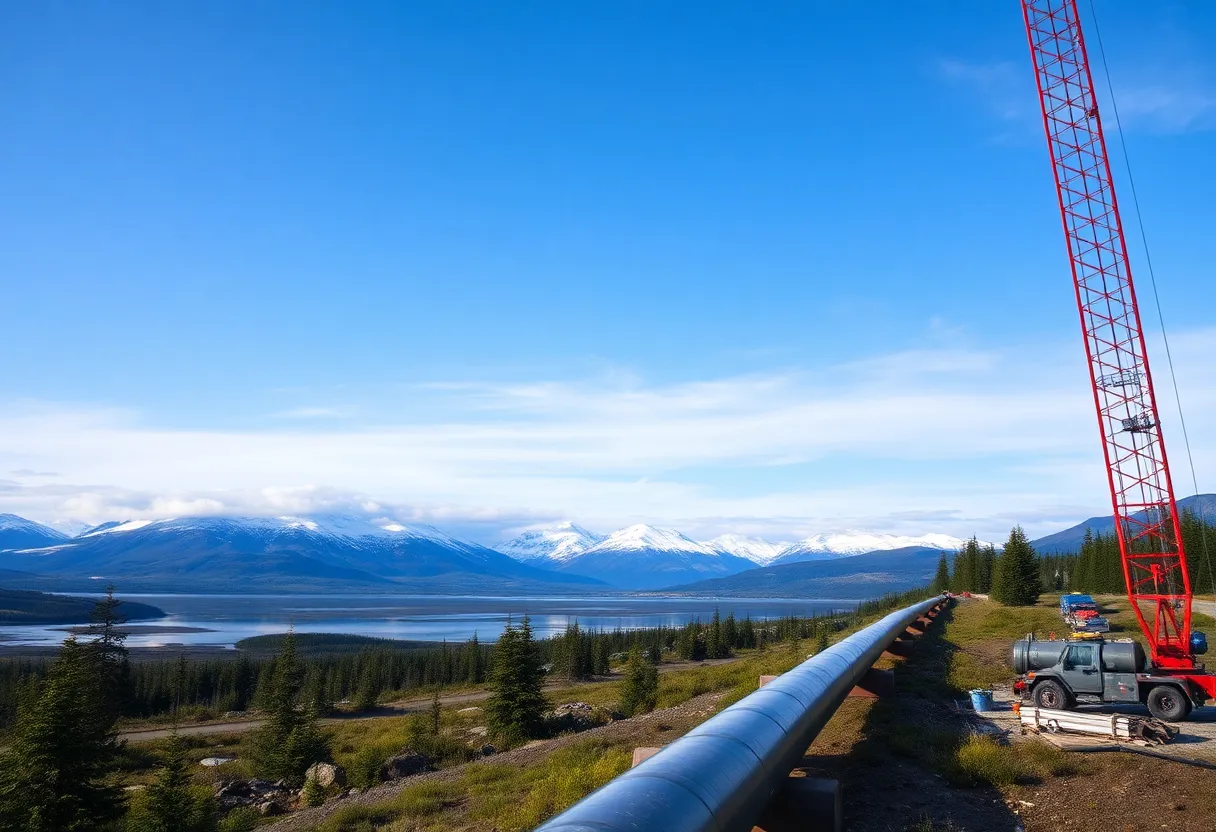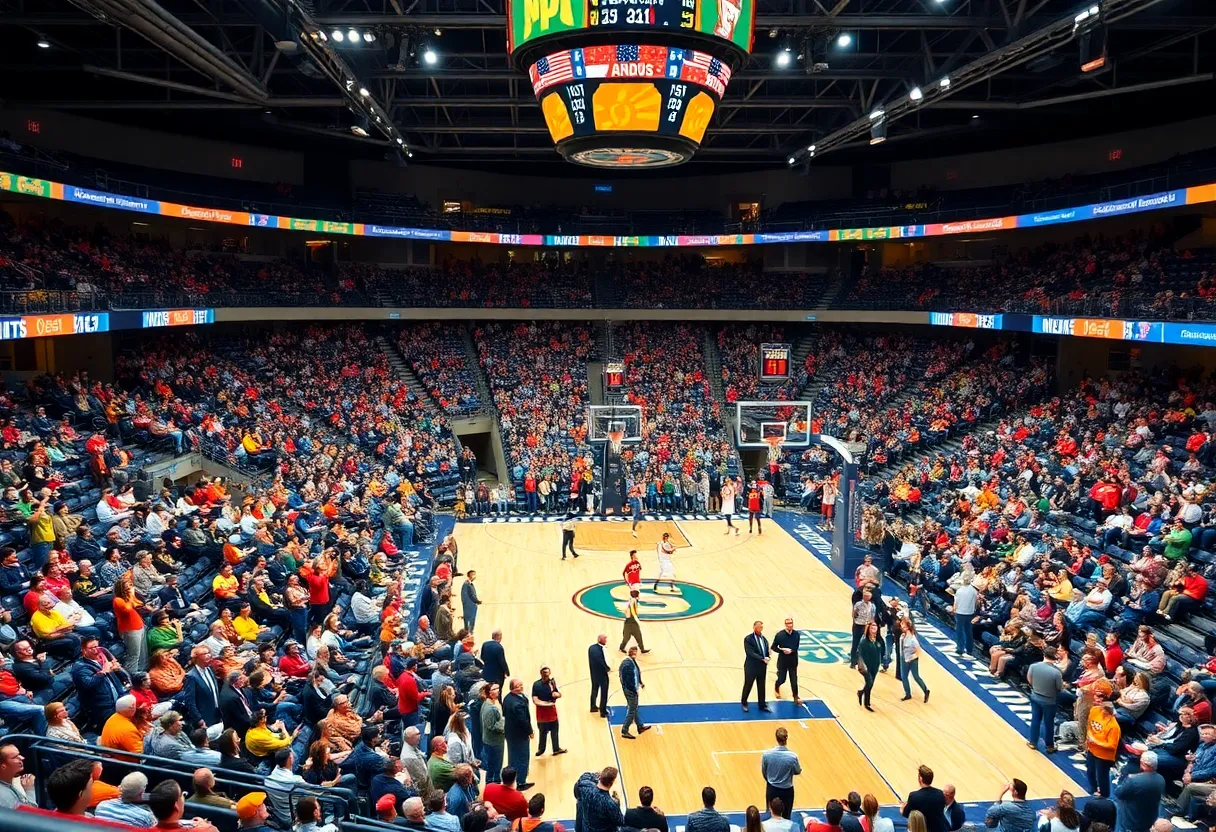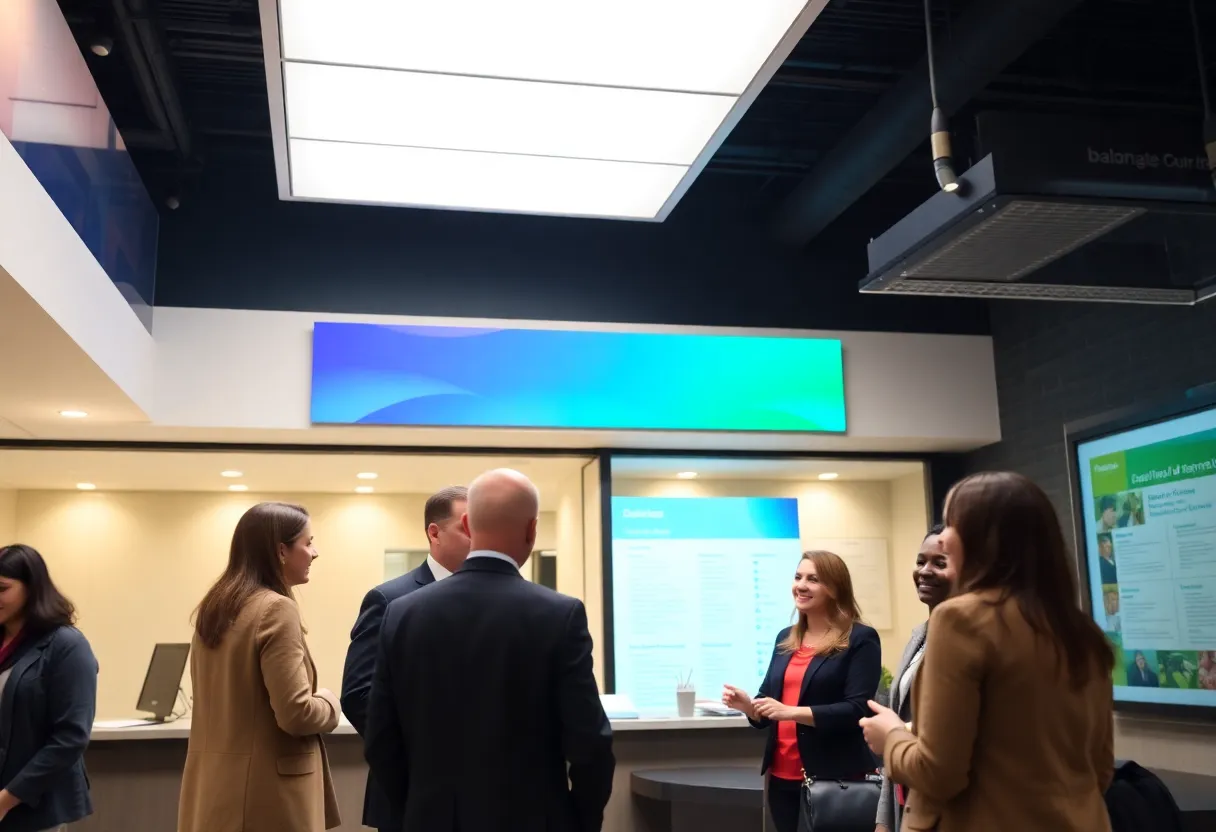Alaska, October 15, 2025
News Summary
Glenfarne Alaska LNG has revealed plans to begin construction of its natural gas pipeline in late 2026, aiming for operational status by mid-2029. This development follows discussions with stakeholders about enhancing Alaska’s LNG export capacity, despite regulatory hurdles and financial challenges. The proposed pipeline is set to deliver approximately 3.5 billion cubic feet of gas per day, but the project faces uncertainties with pending permits and budget constraints amid declining oil revenues in the state.
Glenfarne Alaska LNG Plans Pipeline Construction in Late 2026
Glenfarne Alaska LNG has announced plans to commence construction of its proposed natural gas pipeline in late 2026, with the aim to have the project operational by mid-2029. This announcement followed a meeting between Glenfarne Alaska LNG President Adam Prestidge and Japanese Consul Kiyohiko Hamada, which included representatives from 8 Star Alaska, a subsidiary of the Alaska Gasline Development Corporation (AGDC).
The pipeline is designed to deliver approximately 3.5 billion cubic feet of gas per day and will largely follow the existing route of the Trans-Alaska Pipeline System. While the entire project is contingent on further developments, including pending permits, the announcement signals a significant step forward in Alaska’s liquefied natural gas (LNG) export ambitions.
Interior Secretary Doug Burgum indicated the potential for construction to kick-off as early as 2026, reflecting the state’s focus on increasing Alaska’s LNG export capacity. However, the project faces numerous regulatory challenges, with three essential permits still awaiting approval.
Budget Pressures and Financial Context
Alaska is currently grappling with budget pressures, partly due to falling oil revenues. Governor Mike Dunleavy has made significant budget cuts, including a veto of more than $100 million in state funding, which raises uncertainties regarding support for large-scale projects like Glenfarne’s pipeline.
The Alaska Gasline Caucus has convened to discuss the pipeline’s potential benefits, with officials suggesting that construction could begin by mid-2026. Previous commitments from President Donald Trump highlighted support for the project, with his administration prioritizing the development of Alaska’s LNG capabilities through various executive actions. Despite this backing, environmental concerns regarding the potential impact on wildlife and traditional lands have been expressed by various community members and environmental groups.
Historical Context and Challenges
Glenfarne has not provided specific figures regarding the total cost or funding sources for the pipeline project. Over the past 25 years, the state of Alaska has invested nearly $1 billion into gas line efforts, with Glenfarne acquiring a 75% stake in the current project from AGDC. The state has previously faced challenges with failed LNG proposals due to financial constraints and regulatory delays.
Though the project has garnered support at both the state and federal levels, skepticism remains among certain community members and environmental advocates regarding its feasibility, particularly in light of fluctuating oil prices and competitive market conditions. Rising costs and the unresolved regulatory landscape further complicate the outlook for the pipeline project.
In summary, while Glenfarne Alaska LNG’s plans for pipeline construction indicate progress towards enhancing Alaska’s LNG export capacity, the undertaking is beset with financial uncertainties and significant regulatory hurdles that must be navigated before construction can begin.
Frequently Asked Questions
What is the timeline for the Glenfarne Alaska LNG pipeline project?
The construction is planned to begin in late 2026, with the pipeline expected to be operational by mid-2029.
What are the key challenges facing the project?
The project is facing multiple regulatory hurdles, with three permits still pending, as well as budget pressures in Alaska due to reduced oil revenues.
How much gas will the pipeline deliver?
The proposed pipeline aims to deliver approximately 3.5 billion cubic feet of gas per day.
What has been the historical context of LNG projects in Alaska?
Alaska has spent nearly $1 billion on gas line efforts over the past 25 years, with various LNG proposals failing due to financial challenges and regulatory delays.
What environmental concerns have been raised regarding the pipeline?
Concerns have been expressed regarding the pipeline’s impact on wildlife and traditional lands.
| Feature | Details |
|---|---|
| Project Name | Glenfarne Alaska LNG Pipeline |
| Construction Start Date | Late 2026 |
| Expected Operational Date | Mid-2029 |
| Gas Delivery Capacity | 3.5 billion cubic feet per day |
| Regulatory Challenges | Three permits pending |
| Investment in Gas Line Efforts | Nearly $1 billion over 25 years |
| Stake Acquisition | Glenfarne owns 75% from AGDC |
Deeper Dive: News & Info About This Topic
HERE Resources
Trump Administration Eyes Alaska’s Natural Treasures for Development
Additional Resources
- Alaska News Source
- Wikipedia: Natural Gas in Alaska
- Anchorage Daily News
- Google Search: Alaska LNG Pipeline
- Rolling Stone
- Google Scholar: Alaska LNG Project
- New York Times
- Encyclopedia Britannica: Alaska LNG
- Reuters
- Google News: Alaska LNG Pipeline
Author: STAFF HERE PHILADELPHIA WRITER
The PHILADELPHIA STAFF WRITER represents the experienced team at HEREPhiladelphia.com, your go-to source for actionable local news and information in Philadelphia, Philadelphia County, and beyond. Specializing in "news you can use," we cover essential topics like product reviews for personal and business needs, local business directories, politics, real estate trends, neighborhood insights, and state news affecting the area—with deep expertise drawn from years of dedicated reporting and strong community input, including local press releases and business updates. We deliver top reporting on high-value events such as Mummers Parade, Philadelphia Flower Show, and Thanksgiving Day Parade. Our coverage extends to key organizations like the Greater Philadelphia Chamber of Commerce and United Way of Greater Philadelphia, plus leading businesses in telecommunications, food services, and healthcare that power the local economy such as Comcast, Aramark, and Children's Hospital of Philadelphia. As part of the broader HERE network, we provide comprehensive, credible insights into Pennsylvania's dynamic landscape.





